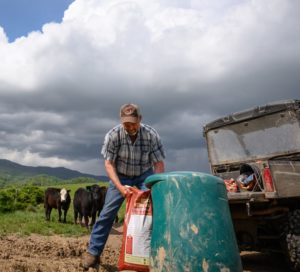 An independent survey of beef producers found 74 percent continue to approve of the Beef Checkoff program; this finding is 5 percent higher than the survey a year ago. Importantly, the more producers know about the program, the more supportive they are. The survey also found that producers are generally more optimistic about the cattle industry than they were a year ago. The random survey of 804 beef and dairy producers nationwide was conducted by the independent firm Aspen Media & Market Research from mid-December 2017 until mid-January 2018. The survey found that in addition to stronger support of the checkoff compared to a year ago, a substantial majority of beef and dairy producers continue to say their beef checkoff is a good value:
An independent survey of beef producers found 74 percent continue to approve of the Beef Checkoff program; this finding is 5 percent higher than the survey a year ago. Importantly, the more producers know about the program, the more supportive they are. The survey also found that producers are generally more optimistic about the cattle industry than they were a year ago. The random survey of 804 beef and dairy producers nationwide was conducted by the independent firm Aspen Media & Market Research from mid-December 2017 until mid-January 2018. The survey found that in addition to stronger support of the checkoff compared to a year ago, a substantial majority of beef and dairy producers continue to say their beef checkoff is a good value:
- 76% say the beef checkoff has contributed to a positive trend in beef demand
- 78% say the checkoff has value even when the economy is weak, 5% higher than last year
- 65% say the checkoff contributes to profitability of their operations
- 71% say the checkoff represents their interests, 4% higher than last year
- 61% believe the checkoff is well-managed
In addition, while fewer producers (43 percent) said they remembered having seen, read or heard anything about the checkoff in the past six months, 86 percent reported the information they remembered was positive, 8 percent higher than a year ago.
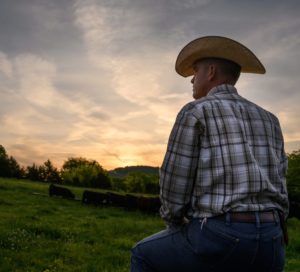
“We are encouraged that three out of four producers continue to support the checkoff,” said Jo Stanko, Investor Relations Working Group co-chair. “On the other hand, it is concerning that fewer producers consider themselves ‘informed’ about the checkoff, and only 43 percent say they have seen, read or heard checkoff news in the past six months. Since most producers believe it’s important for the program to communicate to them checkoff results, it’s clear we will need to step up these communications efforts in the months ahead.”
The survey informs checkoff leaders of strengths and weaknesses in producer communications efforts and is used directly in developing an authorization request for the next year. See this year’s survey results [link to PDF] as well as results from previous surveys [link to resources page].



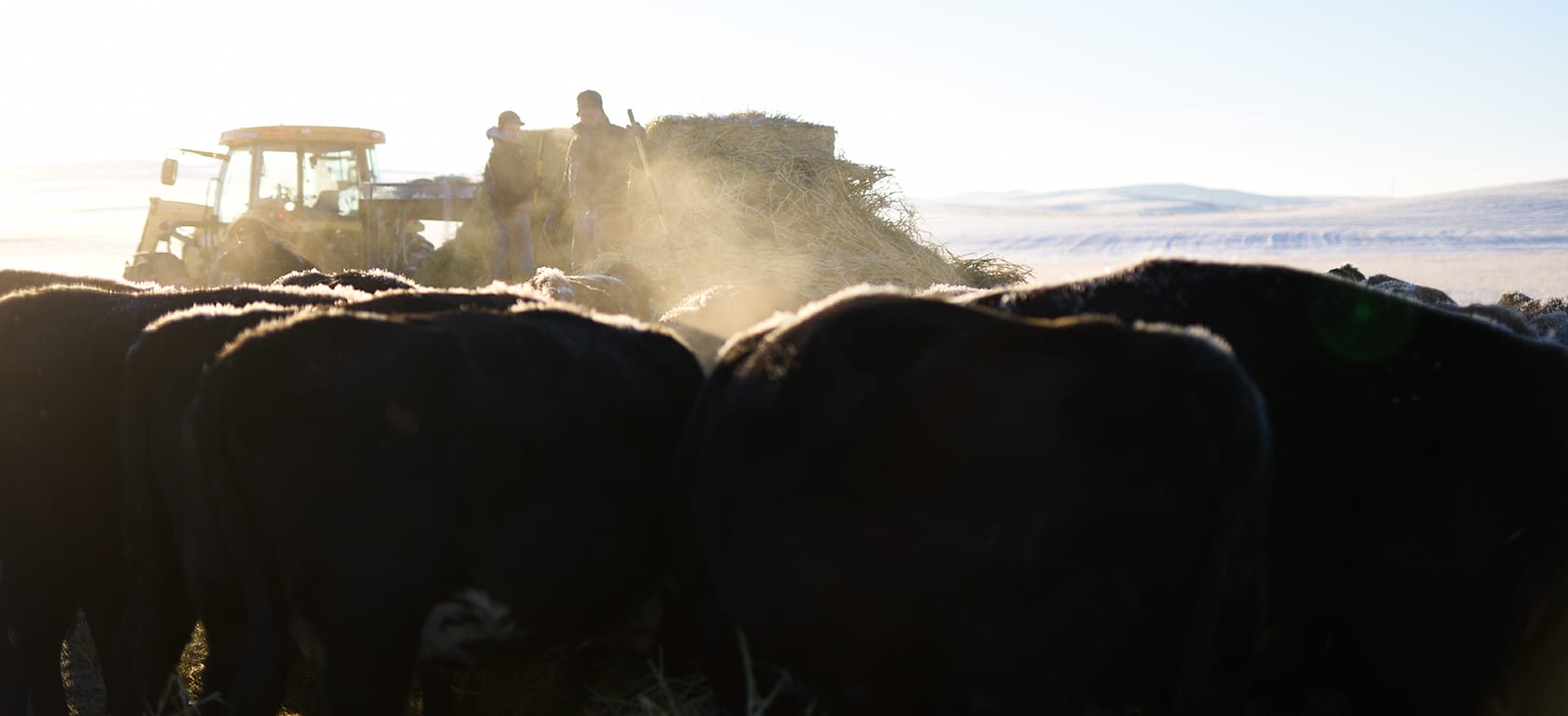
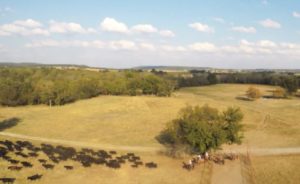
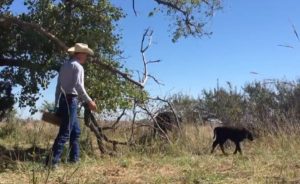
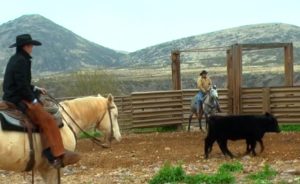 The Menges Ranch in southeast Arizona explains how the Beef Checkoff has increased the value of beef and improved their cattle-handling techniques. By taking advantage of these programs, they feel confident about the next generation’s prospects in beef production.
The Menges Ranch in southeast Arizona explains how the Beef Checkoff has increased the value of beef and improved their cattle-handling techniques. By taking advantage of these programs, they feel confident about the next generation’s prospects in beef production.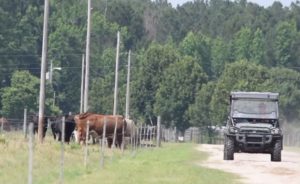 The Driggers Cattle Company was started in the 1970s and now spans four counties in North and South Carolina. They have continued to pass along the operation, and as natural beef producers, Jamie Drigger says the Beef Checkoff helps create marketing opportunities and increase consumer knowledge of beef quality, resulting in the ability to grow their operation.
The Driggers Cattle Company was started in the 1970s and now spans four counties in North and South Carolina. They have continued to pass along the operation, and as natural beef producers, Jamie Drigger says the Beef Checkoff helps create marketing opportunities and increase consumer knowledge of beef quality, resulting in the ability to grow their operation.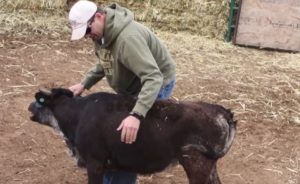 At Empire Dairy near Wiggins, Colorado, the Dinis family relies on the checkoff-funded Beef Quality Assurance program to teach them cattle-handling techniques, which allows them to sell better-quality beef, along with the high-quality milk produced at the farm. Following good management practices is part of their plan to pass the farm along to the third generation.
At Empire Dairy near Wiggins, Colorado, the Dinis family relies on the checkoff-funded Beef Quality Assurance program to teach them cattle-handling techniques, which allows them to sell better-quality beef, along with the high-quality milk produced at the farm. Following good management practices is part of their plan to pass the farm along to the third generation.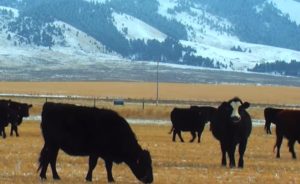 On the Townsend family farm and ranch in Montana, the business brings together many generational views to be successful. Third-generation rancher, Will Townsend highlights the Beef Checkoff programs he says have been most influential for the beef industry.
On the Townsend family farm and ranch in Montana, the business brings together many generational views to be successful. Third-generation rancher, Will Townsend highlights the Beef Checkoff programs he says have been most influential for the beef industry.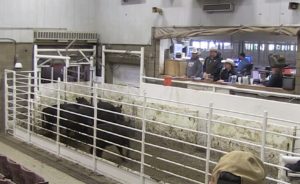 Joplin Regional Stockyards is a family business involving two generations. Jackie Moore has worked at the stockyards since the 1970s, and he says the Beef Checkoff is crucial to promoting beef not only in the U.S., but worldwide.
Joplin Regional Stockyards is a family business involving two generations. Jackie Moore has worked at the stockyards since the 1970s, and he says the Beef Checkoff is crucial to promoting beef not only in the U.S., but worldwide.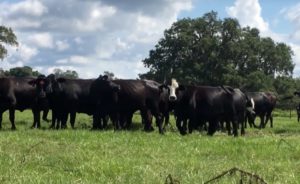 Bill Barthle, third-generation rancher in San Antonio, Fla., says the Beef Checkoff helps explain to consumers how U.S. beef is produced. He feels increasing consumer knowledge and the demand for beef, along with working to increase producer support of the checkoff will all play a crucial role in passing the beef operation onto future generations.
Bill Barthle, third-generation rancher in San Antonio, Fla., says the Beef Checkoff helps explain to consumers how U.S. beef is produced. He feels increasing consumer knowledge and the demand for beef, along with working to increase producer support of the checkoff will all play a crucial role in passing the beef operation onto future generations.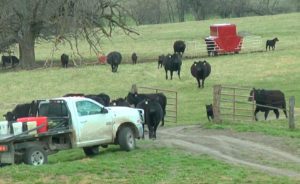 The Byergo family credits the Beef Checkoff for protecting producers and finding new opportunities to grow the industry, as well as securing a future for the next generation.
The Byergo family credits the Beef Checkoff for protecting producers and finding new opportunities to grow the industry, as well as securing a future for the next generation.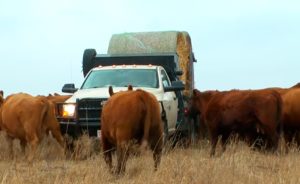 From his family’s ranch in Chase County, Kansas, Joe Mushrush says he and his wife, Connie, are dedicated to creating a viable entity for any of the family’s future generations to return to the ranch and explains how the Beef Checkoff is helping them accomplish this goal.
From his family’s ranch in Chase County, Kansas, Joe Mushrush says he and his wife, Connie, are dedicated to creating a viable entity for any of the family’s future generations to return to the ranch and explains how the Beef Checkoff is helping them accomplish this goal.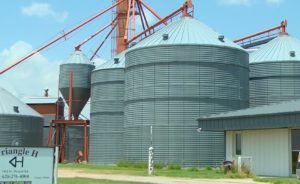 Sam Hands says business planning for future generations is a critical part of the Triangle H ranch south of Garden City. Hands was one of the first six Beef Checkoff volunteer leaders from Kansas back in the checkoff’s first year in 1986.
Sam Hands says business planning for future generations is a critical part of the Triangle H ranch south of Garden City. Hands was one of the first six Beef Checkoff volunteer leaders from Kansas back in the checkoff’s first year in 1986.